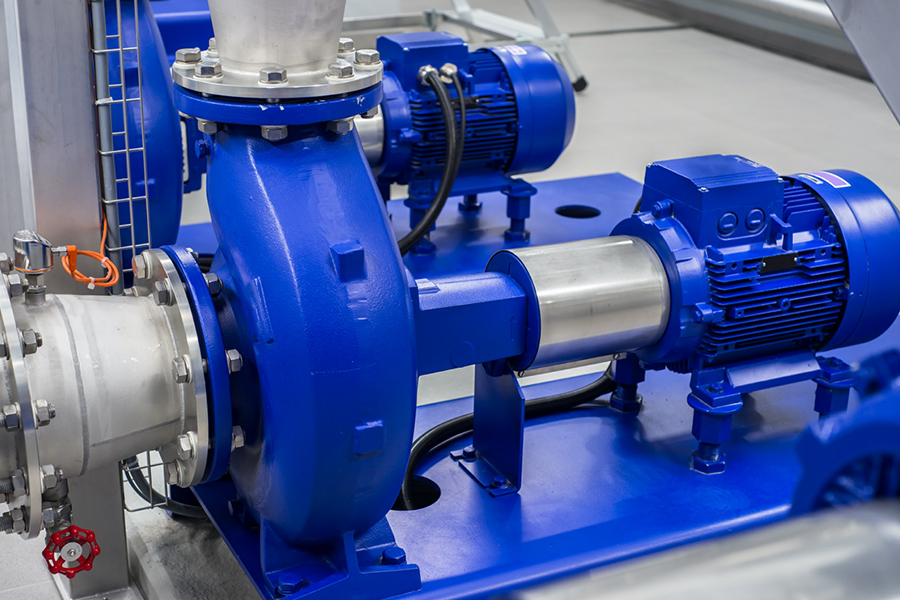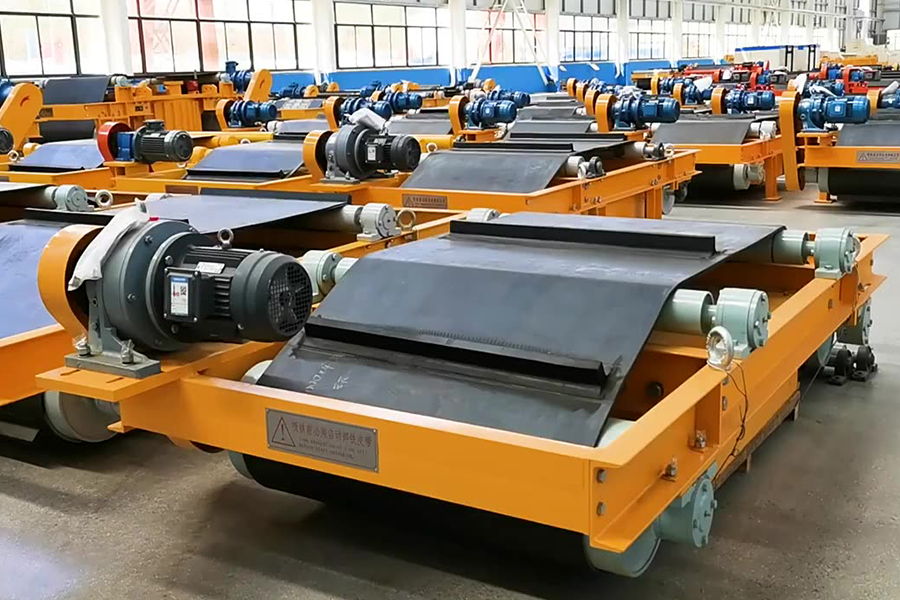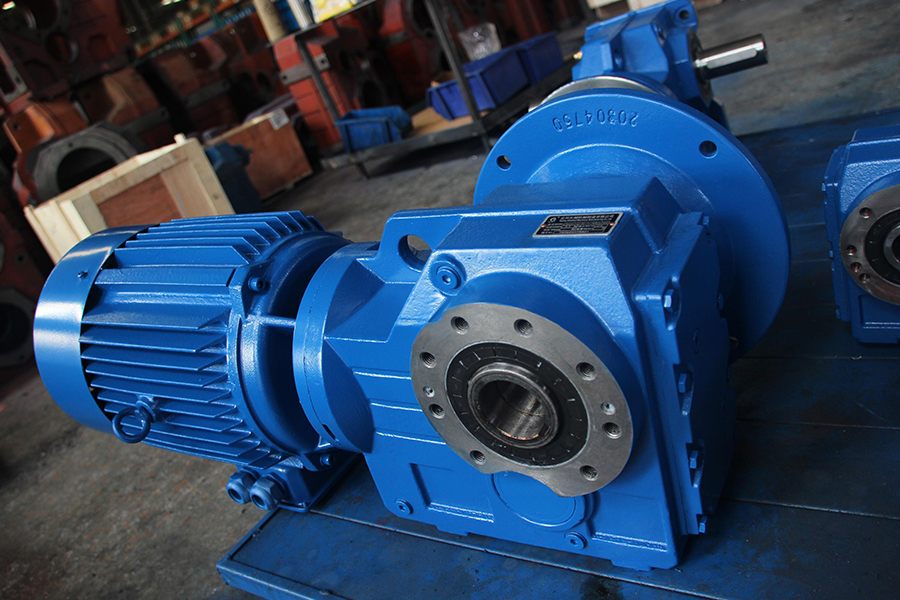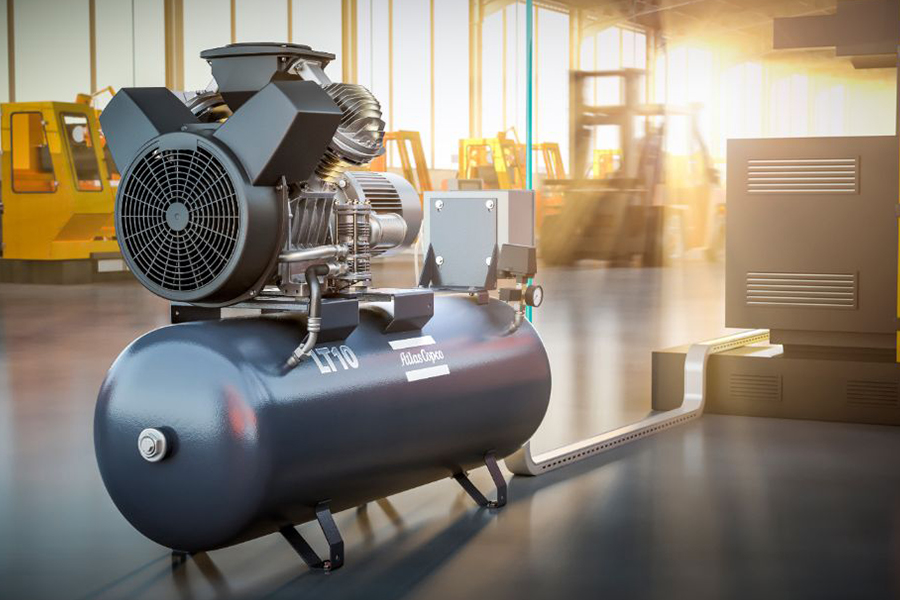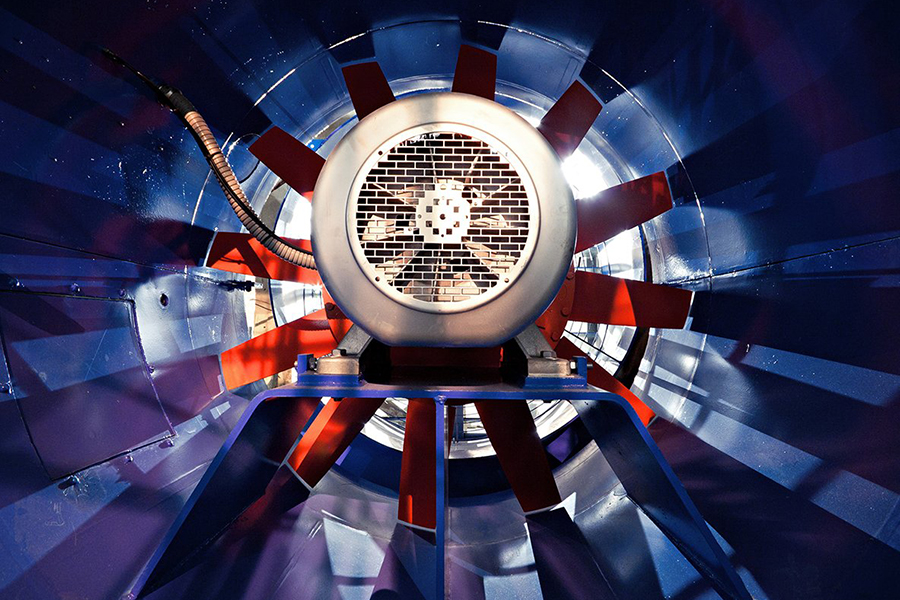In recent years, the industrial sector has seen a notable shift toward adopting energy-efficient motor solutions to enhance productivity and reduce operational costs. Innovations in electric motors have played a crucial role in this transformation, helping manufacturers across various industries improve their equipment performance while complying with stricter energy regulations. Among these innovations, the Single Phase Brake Motor and Multi Speed Motor have become prominent choices for applications requiring reliable operation and adaptability.
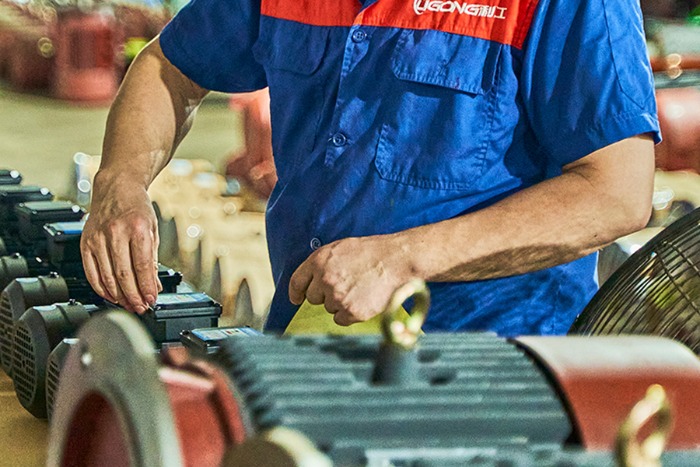
The Single Phase Brake Motor offers unique advantages by combining motor functionality with a built-in braking system. This feature is especially useful in machinery where advanced precision and safety are essential. Its integration allows industries such as packaging, conveyors, and automation equipment to benefit from smoother operation and improved control. Over time, improvements in Single Phase Brake Motor design have enhanced its efficiency, reduced vibration and noise, and increased the lifespan of the braking mechanism.
Similarly, the Multi Speed Motor addresses the demand for flexibility in industrial processes. By enabling variable operating speeds, this type of motor provides greater control over machinery performance. For industries like textiles, food processing, and construction materials manufacturing, the ability to switch between speeds without changing hardware reduces downtime and increases operational versatility. Advances in the design and manufacturing of Multi Speed Motors have resulted in motors that are not only energy-efficient but also compact and reliable, which suits a wide range of equipment types.
The combination of energy efficiency and adaptability found in Single Phase Brake Motors and Multi Speed Motors contributes significantly to reducing overall energy consumption in industrial facilities. As energy costs continue to rise and environmental concerns gain prominence, companies are increasingly motivated to invest in motors that comply with energy-saving standards while maintaining robust performance.
Another important aspect of recent innovations is the improvement in motor materials and manufacturing processes. Enhanced insulation techniques, better quality bearings, and refined assembly methods have contributed to producing motors with lower energy losses and improved durability. These upgrades are reflected in the performance of Single Phase Brake Motors and Multi Speed Motors, which now offer consistent operation under varying loads and environmental conditions. This reliability helps reduce maintenance frequency and prolongs service intervals, delivering cost savings over the motor’s lifetime.
The application scope of these motors is broad and continues to expand. Industries ranging from metallurgy and printing to food processing and textile manufacturing find value in incorporating energy-efficient motor technologies. The growing demand for such motors also reflects an increasing awareness of sustainable practices within the industrial sector. By selecting Single Phase Brake Motors and Multi Speed Motors, manufacturers contribute to reducing their carbon footprint and complying with environmental regulations.
Furthermore, manufacturers offering these motors emphasize continuous product improvement driven by customer feedback and market trends. This customer-centric approach ensures that motors evolve to meet changing industrial requirements without compromising on quality or efficiency. As a result, Single Phase Brake Motors and Multi Speed Motors remain relevant choices for companies looking to modernize their machinery with energy-efficient components.
The innovations in energy-efficient motors are transforming industrial applications by providing reliable, adaptable, and environmentally friendly solutions. The Single Phase Brake Motor and Multi Speed Motor exemplify these advancements, enabling industries to achieve greater operational control and energy savings. As industrial sectors continue to pursue sustainability and efficiency, these motor technologies are likely to see wider adoption and ongoing development to meet future challenges.

 English
English 中文简体
中文简体 عربى
عربى



